Kinds Of Naranjilla Fruit: Are There Different Varieties Of Naranjilla
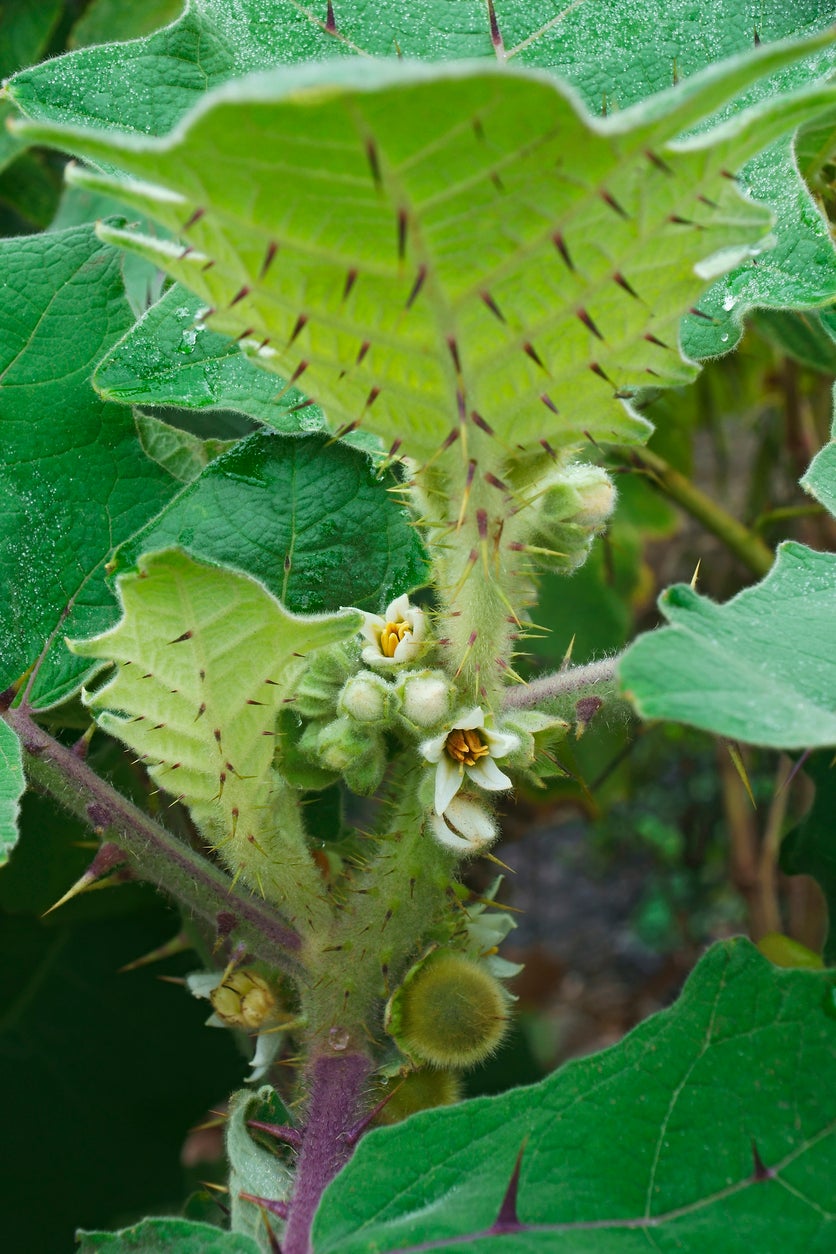
Naranjilla means ‘little orange’ in Spanish, although it is not related to citrus. Instead, naranjilla plants are related to tomatoes and eggplant and are members of the Solanaceae family. There are three naranjilla varieties: spineless types of naranjilla cultivated in Ecuador, spined varieties of naranjilla grown primarily in Colombia, and another type called baquicha. The following article discusses the three different naranjilla varieties.
Types of Naranjilla Plants
There are no truly wild naranjilla plants. Plants are usually propagated from seed collected from previous crops, resulting in only three varieties of naranjilla, Solanum quitoense. While several South American countries cultivate naranjilla, it is most common in Ecuador and Columbia where the fruit is known as ‘lulo.’
In Ecuador, there are five different varieties of naranjilla recognized: agria, Baeza, Baezaroja, bola, and dulce. Each of these bears some slight difference from each other.
Although there are only three main types of naranjilla, other plants share similar characteristics (morphology) and may or may not be related. Some plants with similar morphology may be confused with S. quitoense since naranjillas physical traits often vary from plant to plant. These include:
- S. hirtum
- S. myiacanthum
- S. pectinatum
- S. sessiliflorum
- S. verrogeneum
While the plants show much variation, little effort has been made to select or name specific superior cultivars.
Spined varieties of naranjilla have spines on both the leaves and the fruit, and can be slightly dangerous to harvest. Both the spined and spineless varieties of naranjilla have fruit that is orange when ripe while the third naranjilla type, baquicha, features red fruit when ripe and smooth leaves. All three varieties share the distinct green ring of flesh within the ripe fruit.
All types of naranjilla are used to make juice, refrescos, and desserts with the flavor variously described as being reminiscent of strawberries and pineapple, pineapple and lemon, or rhubarb and lime. In any case, they are delicious when sweetened.
Gardening tips, videos, info and more delivered right to your inbox!
Sign up for the Gardening Know How newsletter today and receive a free copy of our e-book "How to Grow Delicious Tomatoes".

Amy Grant has been gardening for 30 years and writing for 15. A professional chef and caterer, Amy's area of expertise is culinary gardening.
-
 Grow ‘Karl Rosenfield’ Peony Plants For The Ultimate Frilly Border Beauties And Cut Flowers
Grow ‘Karl Rosenfield’ Peony Plants For The Ultimate Frilly Border Beauties And Cut FlowersFor frilly double magenta peony petals infused with a heady fragrance, grow ‘Karl Rosenfield’ peony plants. Here’s how to cultivate the ultimate plushy blooms
By Tonya Barnett
-
 10 Common Composting Problems That Can Spoil Your Garden Gold – Plus Easy Fixes
10 Common Composting Problems That Can Spoil Your Garden Gold – Plus Easy FixesLearn how to troubleshoot common composting issues before they ruin your stash – from bad smells and bugs to materials not breaking down as they should.
By Susan Albert
-
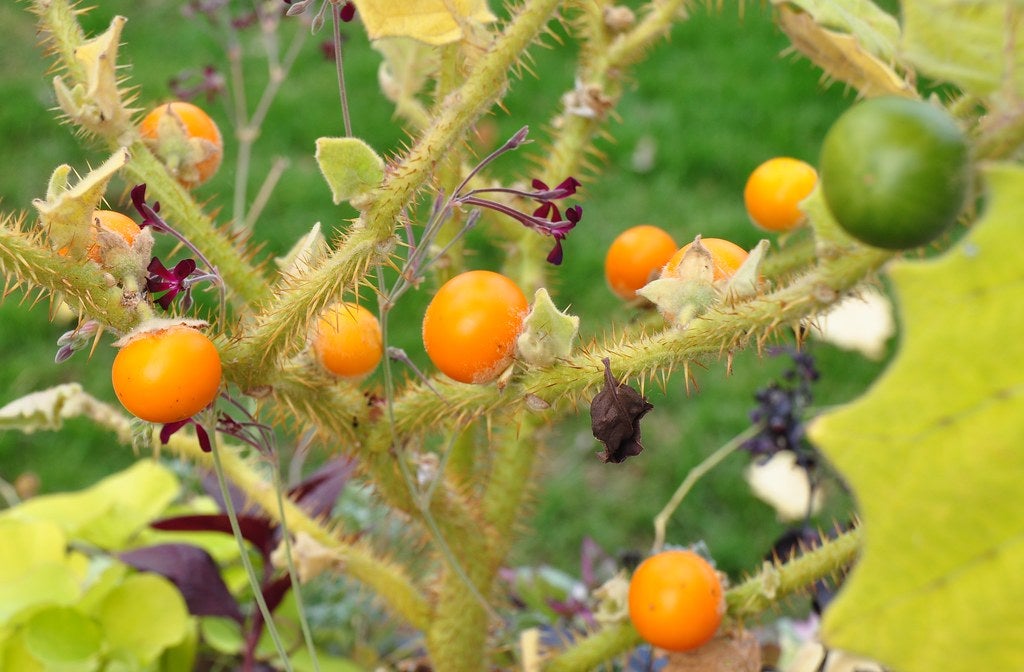 Naranjilla Pest Problems: What Are Common Naranjilla Pests
Naranjilla Pest Problems: What Are Common Naranjilla PestsThe naranjilla plant is a tough little tree, but it occasionally gets attacked by naranjilla pests, notably the root knot nematode. For information about naranjilla pest problems, including a list of bugs that eat naranjilla, this article can help.
By Teo Spengler
-
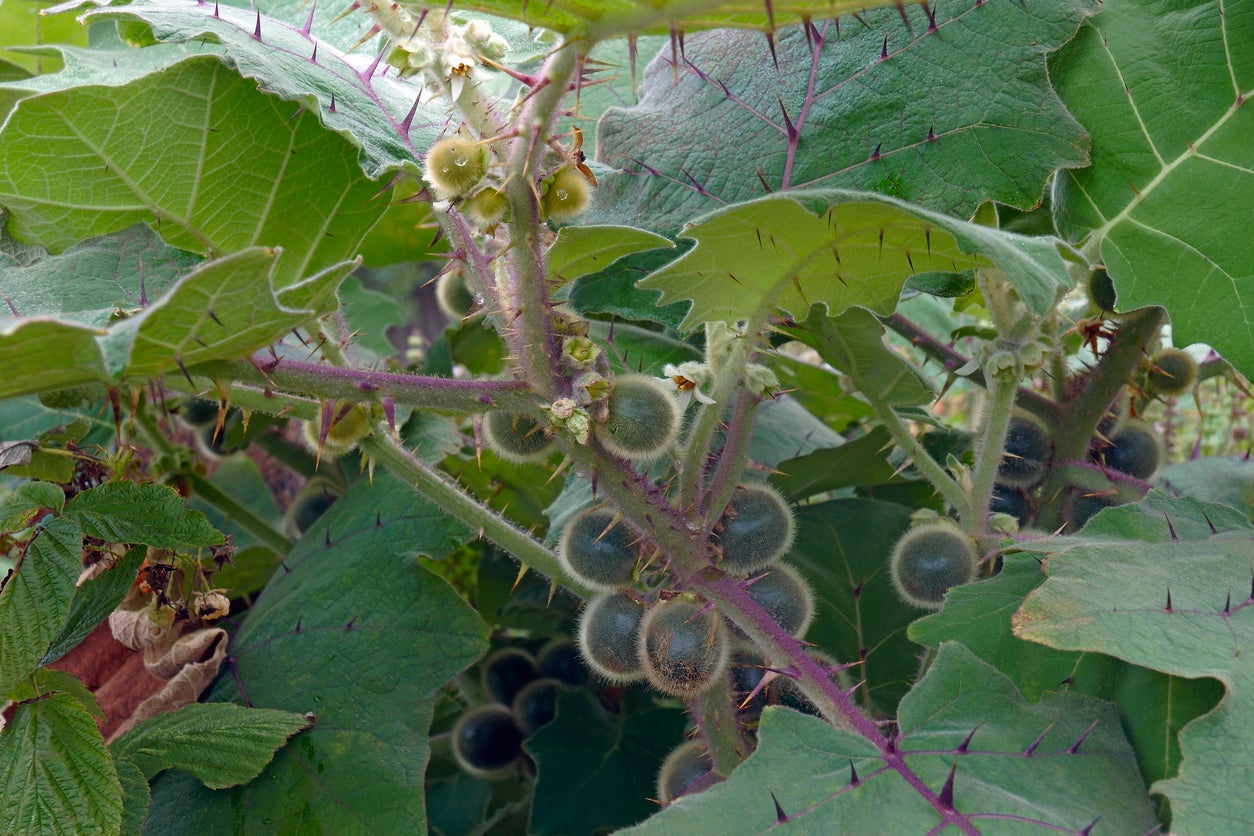 Naranjilla Propagation: Tips For Growing New Naranjilla Trees
Naranjilla Propagation: Tips For Growing New Naranjilla TreesA common name of “little orange” might lead one to think naranjilla is a citrus, but it is not. However, the taste is similar to a tart pineapple or lemon. If you want to grow this unusual specimen or have one and wish for more, learn how to propagate naranjilla here.
By Becca Badgett
-
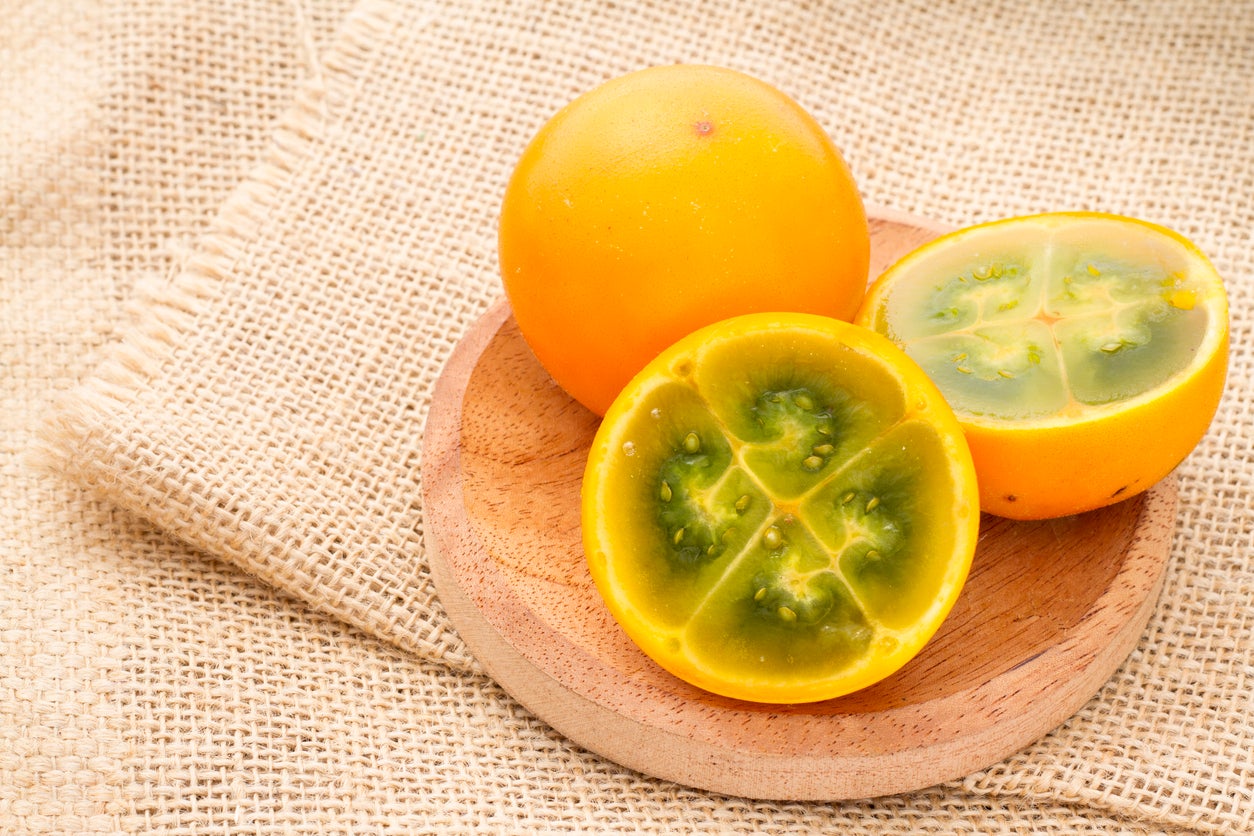 Picking Naranjilla Fruits: Tips For Harvesting Naranjilla
Picking Naranjilla Fruits: Tips For Harvesting NaranjillaNaranjilla fruit tends to be flavorless and unpleasant when unripe. However, it can be tangy and delicious if naranjilla harvest occurs at the optimum point of ripeness. So, how to you know when to harvest naranjilla? Learn more about harvesting this interesting fruit here.
By Mary H. Dyer
-
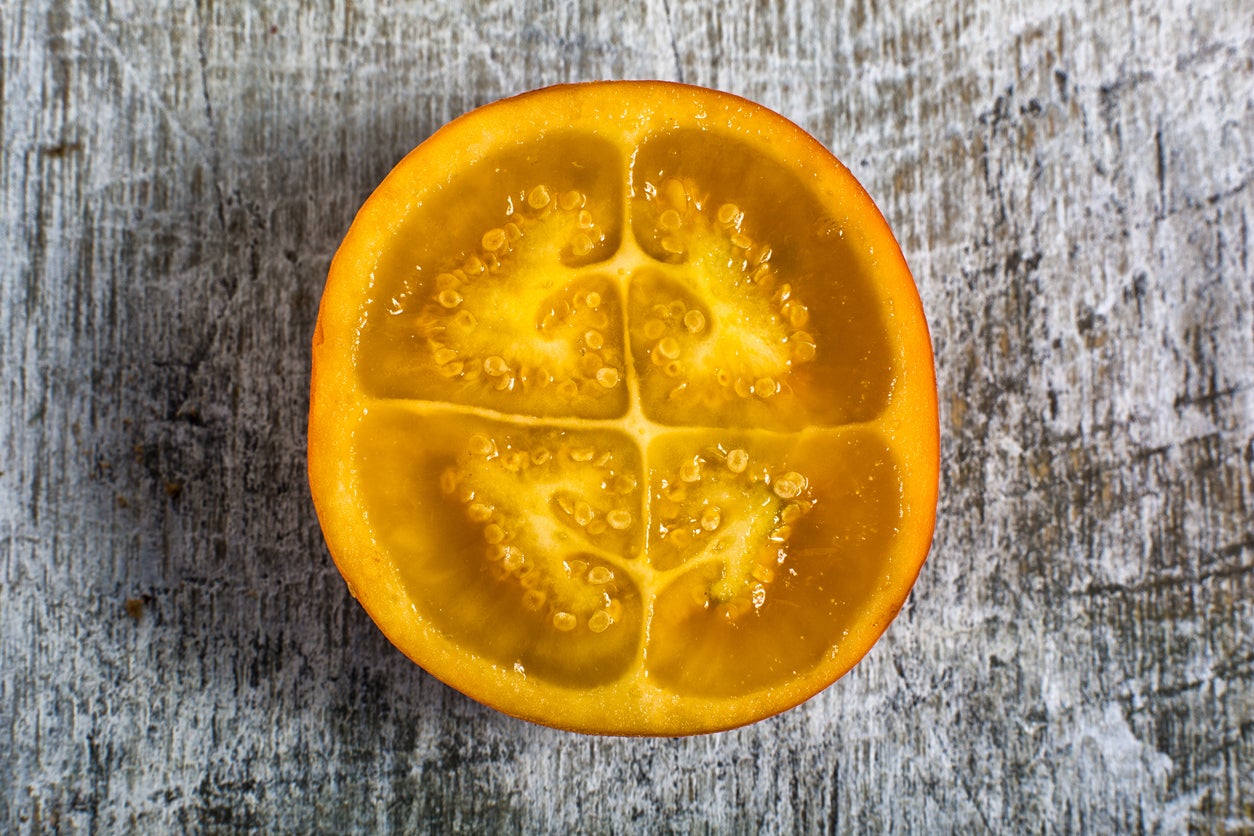 Naranjilla Seed Propagation – Learn How To Grow Naranjilla From Seed
Naranjilla Seed Propagation – Learn How To Grow Naranjilla From SeedIt’s a lot of fun to bring naranjilla into your garden, and inexpensive too, since you can easily grow naranjilla from seed. Click this article for information about naranjilla seed germination as well as tips for propagating naranjilla seeds.
By Teo Spengler
-
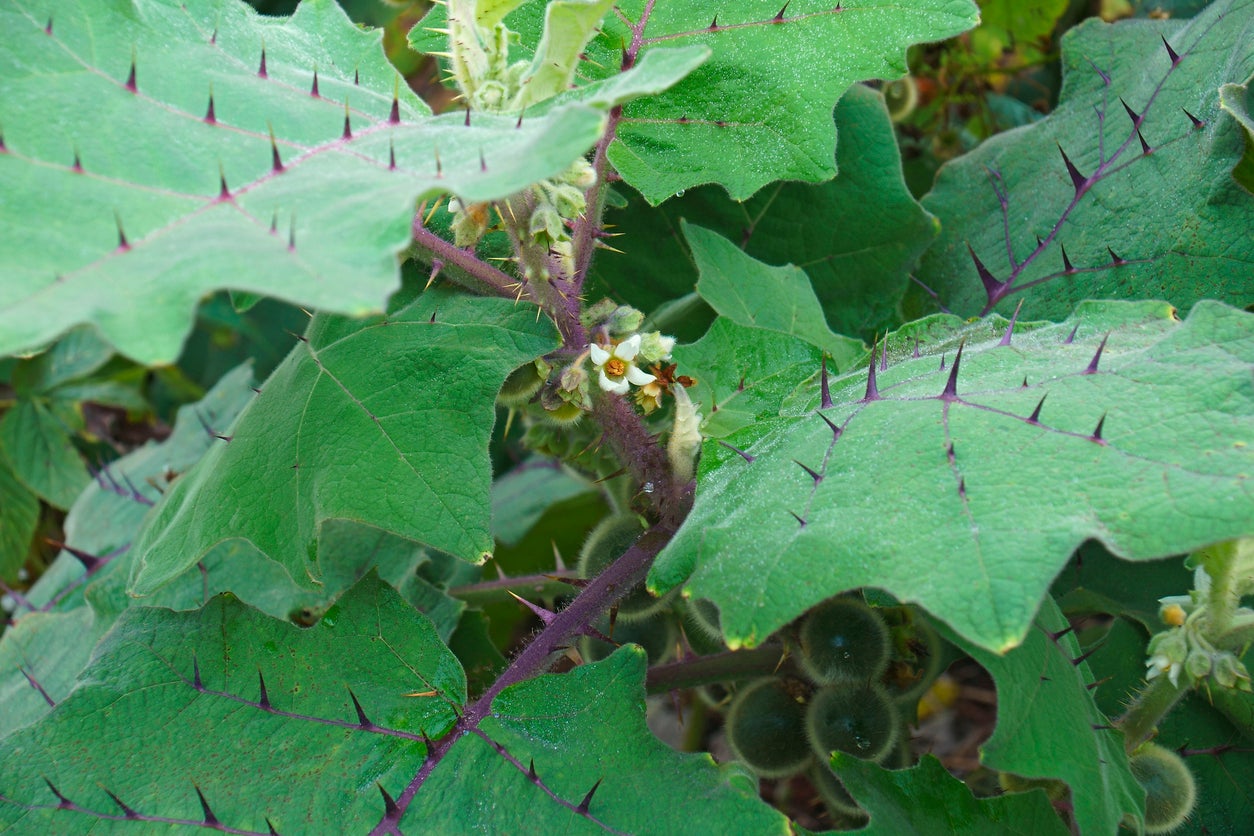 Naranjilla Layering Info: Learn How To Layer Naranjilla Trees
Naranjilla Layering Info: Learn How To Layer Naranjilla TreesInterested in learning how to layer naranjilla? Air layering, which involves rooting a naranjilla branch while it’s still attached to the parent plant, is surprisingly easy. Click on the following article to learn about naranjilla air layering propagation.
By Mary H. Dyer
-
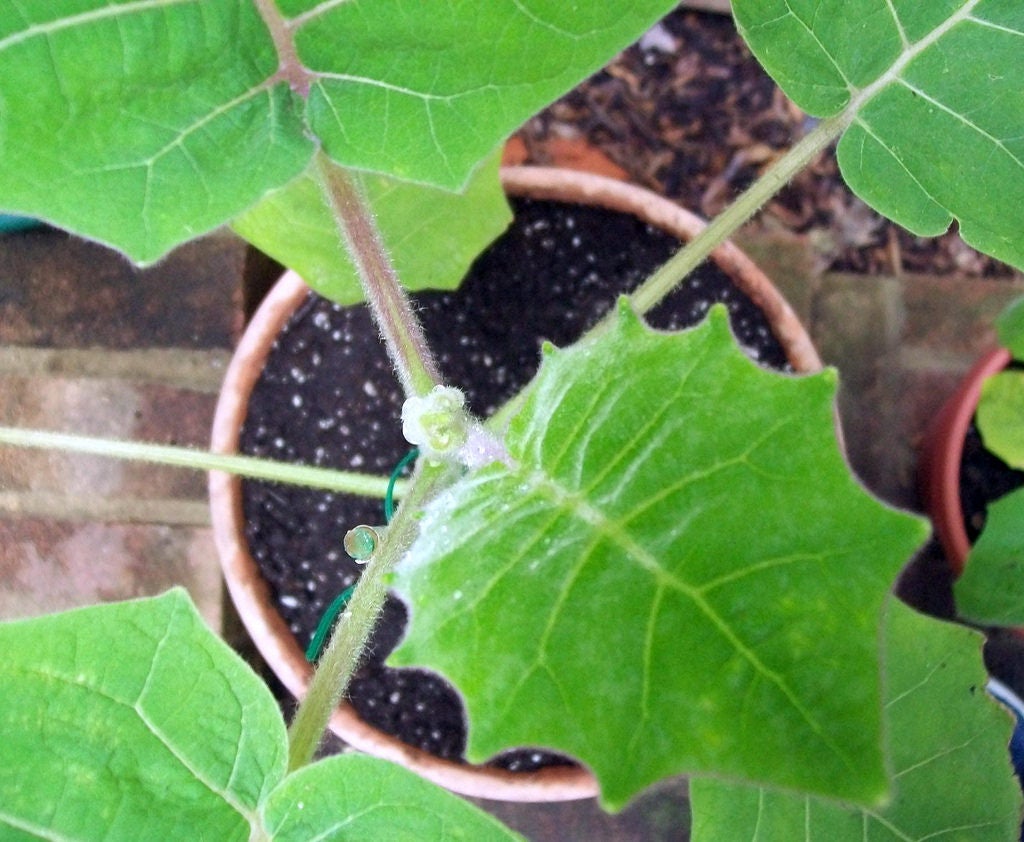 Growing Naranjilla From Cuttings – How To Root Naranjilla Cuttings
Growing Naranjilla From Cuttings – How To Root Naranjilla CuttingsCan you grow naranjilla from cuttings? Yes, you sure can, and it’s not all that difficult. Click on the following article to learn about naranjilla cutting propagation and growing naranjilla from cuttings.
By Mary H. Dyer
-
 Eating Naranjilla – Learn How To Use Naranjilla Fruit
Eating Naranjilla – Learn How To Use Naranjilla FruitNaranjilla is indigenous to Colombia, Ecuador, Peru and Venezuela. If visiting these countries, it is highly recommended that you try eating it. Each culture has a different way of using naranjilla fruit; all are delicious. How do the locals use naranjilla? Find out here.
By Amy Grant
-
 Naranjilla Disease Problems: How To Treat Sick Naranjilla Trees
Naranjilla Disease Problems: How To Treat Sick Naranjilla TreesNaranjilla is a fun subtropical shrub to grow in the home garden. But, if your shrub is showing signs of disease, it could die. Know the common diseases of naranjilla and how to handle them. This article will help get you started.
By Mary Ellen Ellis